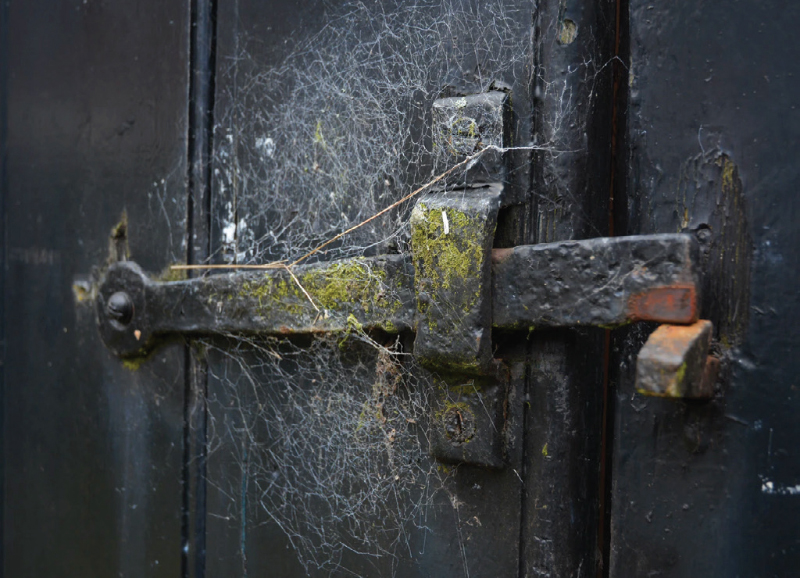The world of entertainment in general was put on hold with the start of the pandemic, forcing all technical teams to pack up our gear and wait for that joyous occasion when we’ll be able to return to our passion.
For some it has meant a transition to other fields of interest, for others it has become a seemingly never-ending state of hibernation. Whatever the case, we have to come up with strategies for getting back into the game at least at the level where we left off. This can be extremely challenging, even for those who have spent this prolonged down time educating themselves on audio concepts and/or watching every “how-to” video even remotely related to sound.
In Slovenia, where I live, we had a brief moment of resuming work in September after almost six months away, and I was able to get a few shows in before new restrictions were enforced. Those shows were very revealing in terms of what seems to work when getting back behind the console after a long time – at least for me – and I thought I would share them with you.
See. I’ll preface this by saying that during my off time I was no slouch. I was learning a lot, teaching quite a bit, creating content for my online courses and my YouTube channel. I was also working with offline software and had hands-on time with the console I use most often.
But when that first show was approaching, I admit to being nervous. It was a show I’d run literally hundreds of times, but I was still dreading the fact that I might miss a cue or forget to patch something. The thing that actually calmed me down and kept me in check was visualization. I’d take 10 to 15 minutes, sit down on a chair, close my eyes, and run the show in my head.
In addition, I used an old set list as my reference guide and went from song to song, seeing myself doing all the required moves. I pictured myself standing behind the console and focused on the songs that I knew were most crucial. I strove to imagine the sound, the light, the smell, the feel of the faders, including all of my senses in this exercise.
I have to admit it was a struggle the first time I did this, but I repeated it a few more times and was amazed at the level of detail I was able to remember. I even started making the motions with my hands as if I was actually touching the buttons and moving the faders.
It’s like a Formula 1 race car driver memorizing the track, or a competitive skier imagining a perfect run down the slope. Seeing it go perfectly in my mind made me calmer, and when I was actually doing it at the show, it felt like I hadn’t been away for such a long time.
Plan. Another aspect of getting that first show under your belt without major scars is following a plan of action. Most engineers on the highest level that I know have a checklist of all the tasks they need to perform on a certain show.
It can be as detailed or broad-stroked as you like, but it has to be a logical protocol that will be followed on each and every show to ensure nothing has been missed or overlooked. These checklists usually reside taped to the inside of a case or in a rack drawer, where they can be easily accessed and referenced.
If this is something you haven’t yet implemented into your workflow, I highly recommend doing so – starting now. Just go through all the steps you need to take when setting up the gear and list all items that need to be prepped, checked and/or connected, and put them in a logical order of operations.
Not only does this prevent overlooking a crucial task, but it can also reveal time-saving opportunities. Maybe a few tasks can be switched around in order to better utilize setup time. For example, perhaps there’s that “one rack” you’re always waiting for to complete your setup, and you rearrange the loading process so that it’s more quickly and readily accessible.
Even if you’re running the same show and have done it several times, the checklist approach is still valid – and perhaps even more so. I find myself making mistakes when I feel I’ve mastered something and stop paying proper attention to it. Especially for shows that run very repetitively, this can easily become the case.
So, having that checklist can be a life saver, especially after a long period of not actually performing those tasks that were so second nature.
Prep. It’s important to take care of your gear during this period, turning it on regularly and checking for signs of possible malfunctions. A lot of people have also updated the firmware and software on their devices, checked that everything is playing nicely together and then stored it back safely. If not, it’s definitely something that should be done.
More specifically, what I’m focusing on here is primarily your personal gear. Batteries have to be changed, devices need to be charged, connectors need to be cleaned and inspected – your gig bag deserves the same amount of meticulous scrutiny as the most valuable console.
So, plan at least a bimonthly schedule of gear maintenance, checking for anything and everything that might go wrong, and getting reacquainted with your tools and their placement in your bag. And don’t forget the trivial stuff – i.e., check to make sure your pens and markers are still writing and haven’t dried out, and that your tape hasn’t degradated and is now leaving residue marks on surfaces. Give everything a good inspection and make sure it’s ready to go for that glorious day of your return.
Execute. Personal experience from that first show after the break suggests a few things. First, make sure to allow more time than usual. Our crew was a precision outfit before, but on that first gig we were all running slightly out of sync.
Remember where cases go when unloading, remember which order to place them in – it all takes a few moments every time. We weren’t running smoothly, and were often in each other’s way, seemingly always waiting on someone – there was no “poetry in motion.” Every task takes just a bit longer than you remember, so make sure you have plenty of time to overcome that initial awkwardness to get back in the groove.
Second, simplify as much as possible. Focus on the important things that need to happen and don’t stress about the rest. If you can’t precisely dial in the reverb time, don’t worry about it. Just make sure you hit all important cues.
Third, expect to be a half-second behind. What I mean by that is that you’ve likely lost at least some of the muscle memory for particular tasks. If a certain console move was almost an unconscious reaction, there’s a chance you’ll now have to think about it. Just that thought process can make you feel crunched for time, and/or there’s more to do than you remember. Just breathe and take it one task at a time. It will come back relatively quickly.
With all these strategies in place, I’m convinced that your first shows back will be as pleasant as possible. Remember to take a moment and appreciate the opportunity and don’t be surprised if you feel emotional during the show. After all, it’s like meeting up with a dear friend after a long separation. I hope it’s a fun experience and that it reminds you of all the reasons why you love doing what you do. It certainly was for me.















